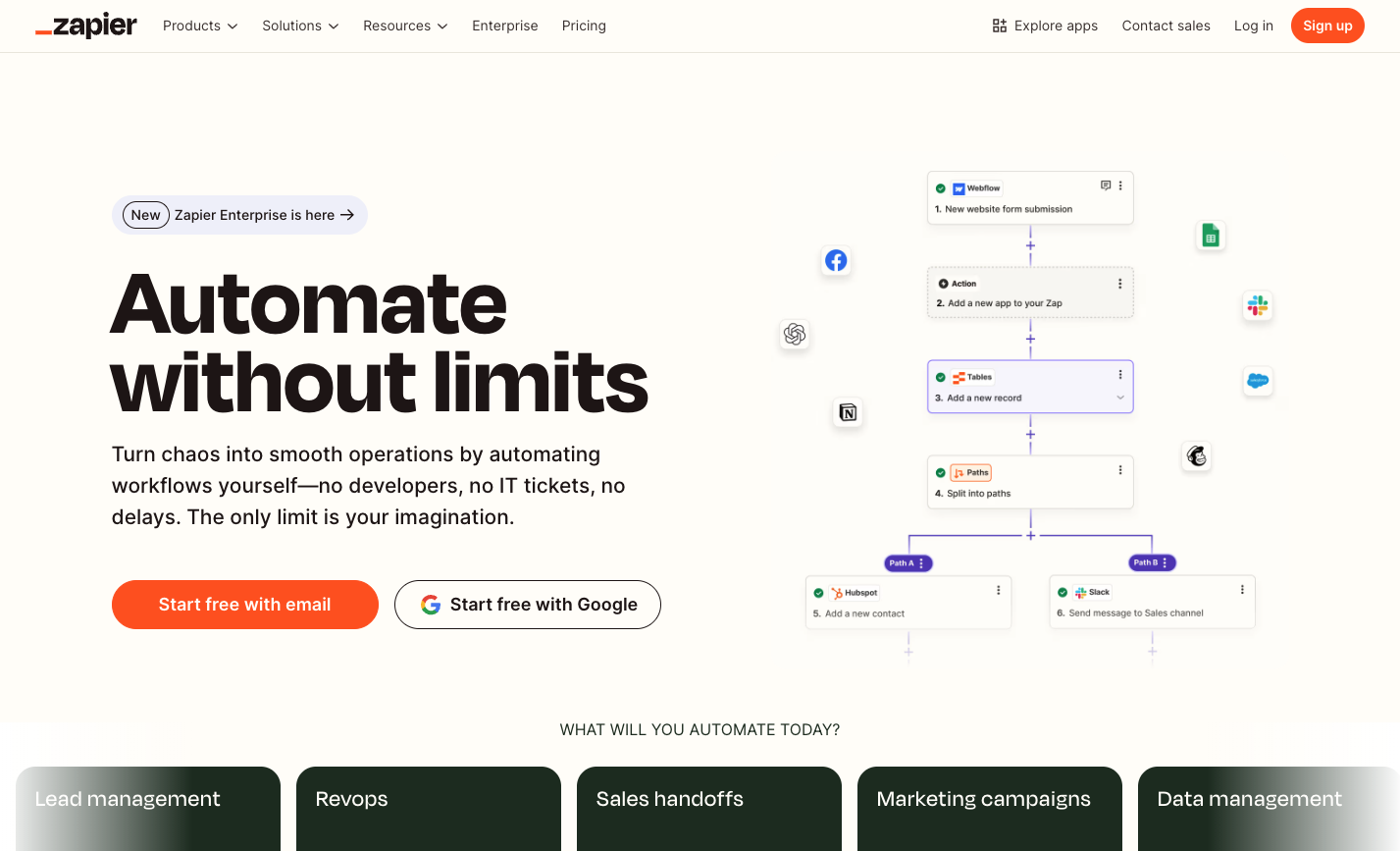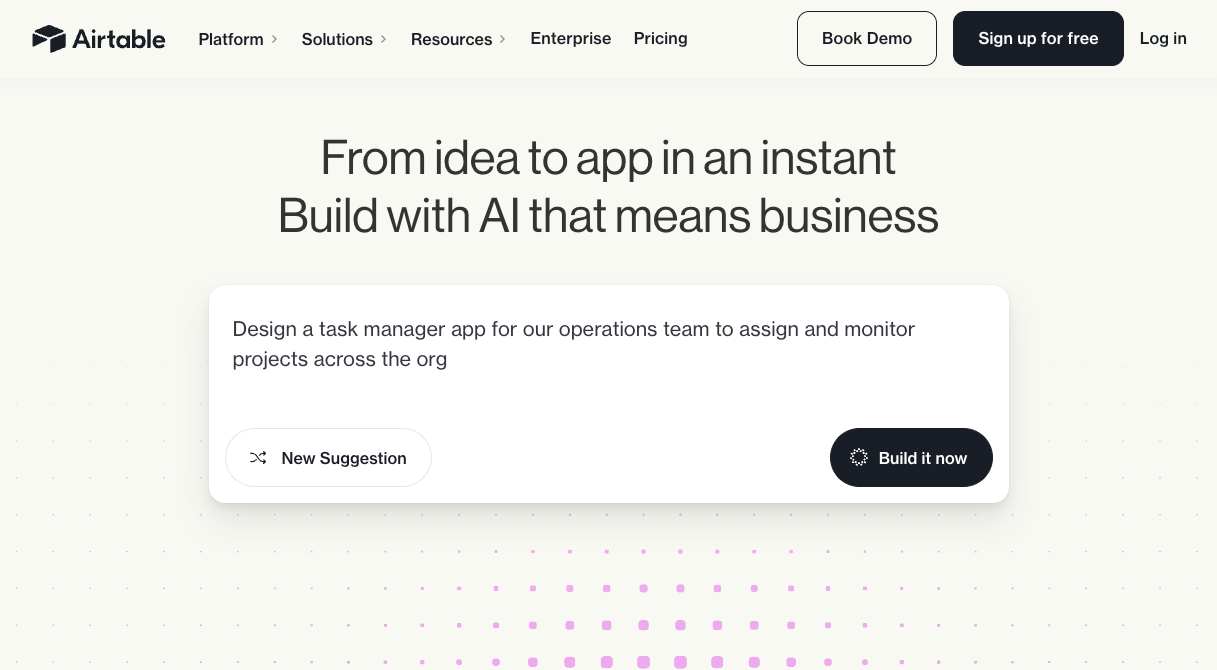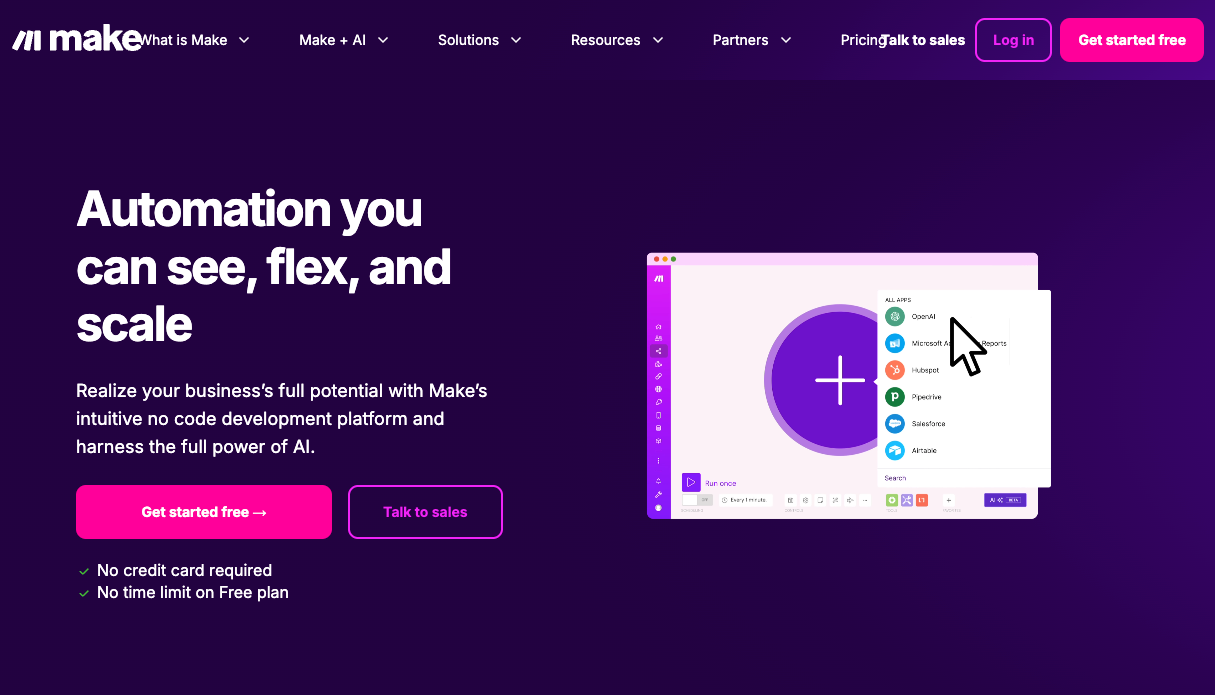
Mastering My Apps: Organize, Optimize, and Automate for Peak Productivity in 2025
The Expanding Digital Toolkit: Understanding "My Apps" in 2025
In 2025, our lives are intricately woven with a vast array of digital applications. From the moment we wake up, we rely on apps for checking the news, managing our schedules, and communicating with colleagues and friends. At work, we use project management apps, data analysis tools, and communication platforms to get tasks done. In our personal time, entertainment, fitness, and shopping apps cater to our various needs. This collection of "my apps" forms our personal digital ecosystem, a set of tools that we depend on daily to navigate through life and work.
However, this reliance on multiple applications comes with its fair share of challenges. Fragmentation is a common issue. Each app often operates in its own silo, making it difficult to access and manage information across different platforms. For instance, customer data might be stored in a CRM app, while communication history is in an email client, and project - related details are in a project management tool. This separation of data can lead to inefficiencies when trying to get a holistic view of a particular task or relationship.
Context - switching is another hurdle. Constantly toggling between different apps disrupts our focus and productivity. One moment we're working on a presentation in a design app, and the next, we're answering emails. This rapid shift in mental context can make it hard to maintain a deep state of concentration, leading to longer task completion times.
Data silos also pose a problem. Information that should be shared across apps remains trapped within individual applications, preventing seamless collaboration and efficient decision - making. For example, sales data in one app might not be easily integrated with marketing analytics in another, hindering the ability to develop comprehensive business strategies.
:::: key-takeaways ::::
- Our digital lives in 2025 rely heavily on a diverse set of "my apps" for work and personal activities.
- Fragmentation, context - switching, and data silos are major challenges in managing this collection of apps.
- A well - organized approach to "my apps" can help mitigate these challenges. ::::
Strategies for Organizing and Optimizing My Apps
To bring order to the chaos of multiple apps, categorization is a great starting point. Grouping apps by function can make it easier to locate and use them. For communication, apps like email clients, instant messaging platforms, and video conferencing tools can be grouped together. Project management apps, task managers, and document collaboration tools can fall under the project management category. Design - related apps for graphic design, photo editing, and video production can be in another group. This way, when you need to perform a specific task, you know exactly where to look.
Consolidation is also crucial. Many of us end up with redundant apps that serve similar purposes. Take the time to evaluate which apps are truly necessary and choose primary tools. For example, if you have multiple note - taking apps, decide on one that best suits your needs in terms of features, ease of use, and integration with other apps. This not only declutters your device but also simplifies your digital workflow.
Customization is a powerful way to optimize your app usage. Personalize settings such as notifications, layout, and preferences in each app. For instance, in a productivity app, you can set up notifications for high - priority tasks only, reducing the constant stream of distractions. Adjust the layout of your project management app to display the most important information at a glance. By tailoring each app to your specific needs, you can enhance your overall experience and productivity.
Regular review of your app usage is essential. Periodically audit which apps you use frequently, which ones are rarely used, and which ones could be replaced. This could be a monthly or quarterly exercise. You might find that an app you installed months ago for a specific task is no longer relevant, or that a new app has emerged that offers better functionality. Optimizing all my apos, or applications, for peak performance is key to maintaining an efficient digital workspace.

Beyond Individual Apps: The Power of Integration and Automation
While organizing and optimizing individual apps is important, the real game - changer comes from making these apps "talk" to each other. This is where integration and automation step in. Workflow automation platforms like Zapier (https://zapier.com/), Make.com (https://www.make.com/), and others have emerged as powerful tools to connect disparate applications.
These platforms enable data synchronization between apps. For example, when a new lead is added to your CRM app, Zapier can automatically create a corresponding task in your project management app, ensuring that no follow - up is missed. Automated reporting is another significant benefit. Data from multiple apps can be combined and presented in a single report without the need for manual data entry. Cross - app notifications can also be set up. If a task is due in your project management app, you can receive a notification in your messaging app, keeping you informed even when you're not actively using the project management tool. Streamlined task management is achieved as well. For instance, when a file is uploaded to a cloud storage app, Make.com can trigger a series of actions in other apps, such as notifying team members, updating a project status, or starting an approval process.



Transforming "My Apps" with Bika.ai Automation
Bika.ai is an intuitive and powerful platform that takes app automation to the next level. It empowers users, regardless of their technical expertise, to create sophisticated workflows that connect their favorite applications. Bika.ai breaks down the app silos that often plague our digital workspaces, creating seamless operations. Whether managing my apos for business or personal use, Bika.ai simplifies the process.
With Bika.ai, you can create custom automations that are tailored to your specific needs. It offers a user - friendly interface where you can visually design workflows, making it accessible even to those without a background in coding. The platform's proactive AI - automation capabilities, as illustrated by , can anticipate your needs and trigger actions based on patterns in your app usage.

Automating "My Apps": The Bika.ai Investor deal flow Template for ``
The Investor deal flow template on Bika.ai is a prime example of how to automate a specific and crucial workflow. This template is designed for Sales Teams, Investment Firms, Business Development Teams, Project Managers, Entrepreneurs & Startups.
💡Why you should use Investor deal flow
This template helps users efficiently manage deals, contacts, and contact information. It does this through the prospective deals table, transaction contacts table, and contact details table. The dashboard provides a panoramic view, enabling quick viewing and management of information. This improves work efficiency, decision - making timeliness, and ensures data accuracy and ease of management.
👉 How the template works
- Prospective Deals Table: This table helps users manage prospective deals through three views. The "Current Prospective Deals" view shows all ongoing deals. The "Kanban View" categorizes deals by progress, making it easy to track their status. The "Term Sheet" view displays the related terms and details of each deal. Fields such as company name, priority, valuation, and next steps allow users to deeply understand key data for each deal, supporting decision - making and further actions.
- Transaction Contacts Table: This table records contact information related to prospective deals. With a single view, users can access detailed information for each contact, including name, company, email, and personal profile. This helps manage and follow up with contacts efficiently, ensuring smooth progression of deals.
- Contact Information Table: This table uses a simple view and a magic form to manage basic contact information. Fields like name, email, and contact person provide a quick and easy way to record and update contact details, ensuring accuracy and ease of tracking.
- Dashboard: The dashboard consolidates all prospective deal, contact, and contact information into a single view. This gives users an overview to quickly view and manage all data. With the dashboard, users can easily understand the status of deals, contact information, and related details, improving management efficiency and decision - making speed.
👉 Key Features of This Template
- Prospective deals.
- All deal contacts.
- All intro contacts.
- Kanban View and form.
- Dashboard
In terms of Sales Pipeline Management, the template can automatically update the status of deals as they progress, ensuring that the sales team has an accurate view of the pipeline at all times. For Contact Relationship Management, it helps in maintaining detailed contact information and streamlining follow - up processes. Decision Support for Investors is enhanced as they can quickly access key deal data. In Business Development and Entrepreneurial Outreach, the template ensures that all interactions and deals are managed efficiently. Data Consolidation is achieved by bringing together information from different sources, and Efficiency in Reporting is improved as the dashboard provides a ready - to - use overview. Project Planning can also be better informed as the status of deals and contacts can be factored in.
This template enhances the overall efficiency of "my apps" by making them work together seamlessly.

Try the Investor deal flow Template
Conclusion: The Future of Your Digital Workspace
In 2025, the way we use "my apps" is evolving from simply using them in isolation to strategically organizing and automating them. The challenges of fragmentation, context - switching, and data silos can be overcome with the right strategies and tools. Bika.ai offers a powerful solution to unlock the full potential of your digital toolkit. By exploring Bika.ai and building custom automations, you can transform your individual apps into a highly efficient, interconnected system. To truly optimize my apos ecosystem, embracing automation is the key.

FAQ
Q: What are the main challenges in managing "my apps" in 2025? A: The main challenges include fragmentation, where apps operate in silos; context - switching, which disrupts focus; and data silos, preventing seamless information sharing across apps.
Q: How can Bika.ai help in automating "my apps"?
A: Bika.ai offers an intuitive platform for creating custom automations. It enables users to connect different apps, break down app silos, and has proactive AI - automation capabilities. The Investor deal flow template is an example of how it can automate specific workflows.
Q: Why is the Investor deal flow template on Bika.ai useful?
A: It is useful for Sales Teams, Investment Firms, etc. It helps manage deals, contacts, and contact information efficiently. The dashboard provides a panoramic view, improving work efficiency, decision - making timeliness, and ensuring data accuracy and ease of management.

Recommend Reading
- Automating Investor Deal Flow: Unveiling the Best Email Client for Mac
- Unleash Collective Intelligence: How Agent Swarm Revolutionizes AI Team Building
- Outlook Email vs Gmail: Which is Best for Your Automated Workflow?
- Supercharge Your Productivity: Optimize and Automate Your My Apps Ecosystem in 2025
- Unleash Peak Productivity: Optimize and Automate Your My Apps Ecosystem in 2025